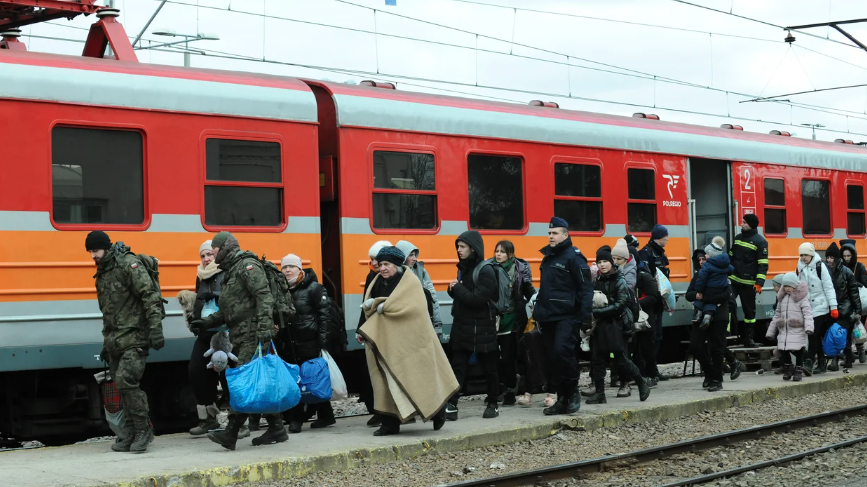
African Migrants And Ukrainian Wheat, A Tale Of Two Seas
 3 min
3 min
African Migrants And Ukrainian Wheat, A Tale Of Two Seas
Since Russia’s invasion of Ukraine, more than 14 million people have fled their homes — close to a third of Ukraine’s total population. Nearly half have left for neighboring countries, turning into the largest displacement in Europe since World War II.
It is a sudden surge in migration that nobody expected, a major anomaly that neither demographers or policymakers were prepared for. And as has been noted, unlike with migrants from other parts of the world, the EU quickly opened its doors, granting Ukrainians the right to stay and work throughout its 27 member nations for up to three years. The impact is being felt more severely especially in countries like Poland, which have welcomed the largest numbers of Ukrainians who crossed the border.
But there is also a wave of arrivals underway









 English
English
 Français
Français
 Deutsch
Deutsch
 Italiano
Italiano
 Español
Español



 Contribuisci
Contribuisci



















 Puoi sostenere i tuoi scrittori preferiti
Puoi sostenere i tuoi scrittori preferiti





